Wow! What a bonkers thing this is…


I like strange films. Well, I quite like some strange films. And I think this is one of those I, um… dig.

It’s Mexican, and it’s from way back, in ‘77.
There are several recurring characters in this quite bizarre and possibly rather surrealist film. The guy above, with his black outfit, goggles, and vintage bicycle. A youngster in an American style football outfit (I think… a girl?).
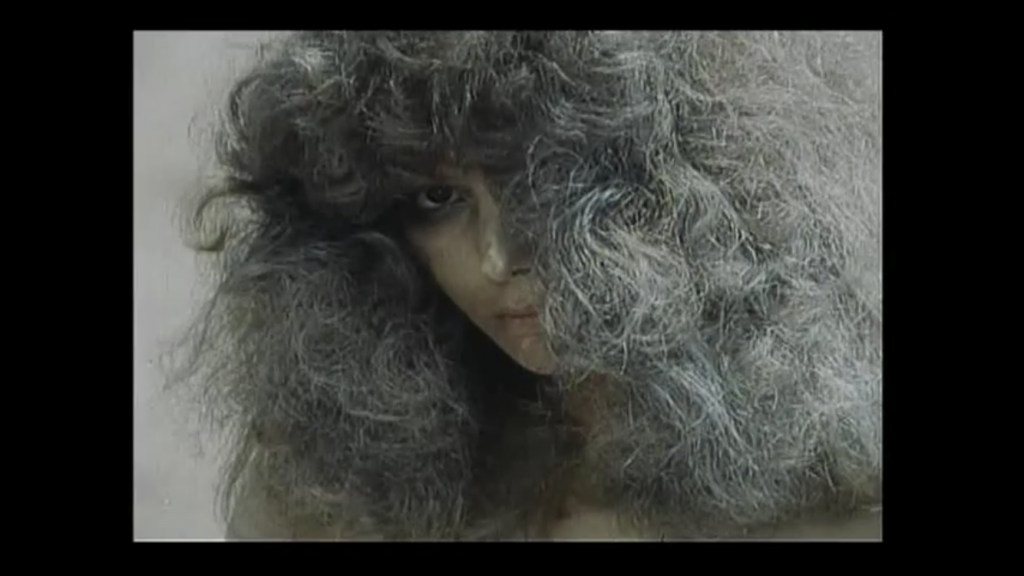
And there are also numerous characters from history, some specific (Cortes and Frida Kahlo, for example), and some more generalised (Klu Klux Klansmen, Jewish children, soldiers, footballers, etc).

Then there’s the visual and sonic aesthetics. Visually I’d say this is stunning. In places an outright pictorial masterpiece. And sonically it’s very interesting as well. There are strongly emphasised (over-emphasised?) sound effects, such as the tinkling bells in the naked belly dancer sequence, and amazing use of music, mostly ‘classical’, some folk.

I skimmed through the entire movie this evening, watching certain segments more fully than others, and gathering images for this post. I’d really love to watch this, either online, on DVD, or however, at a properly high or cinematic resolution.

I was able to watch what looks like a transfer from video, here…
Quite a lot of the film is shot in a very arid bleak desert like setting. But other parts are very contrasted, such as the verdant and watery place – pictured both above and below – or the several intriguing buildings.

Mexico is, it would appear, ripe with settings that make for very rich visual imagery.



There are times when visually I’m reminded of certain artists, from a very spare minimalist take on Breughel or Bosch, to Impressionism, or Surrealism.


I wonder if there’s any info online about the locations the films uses?
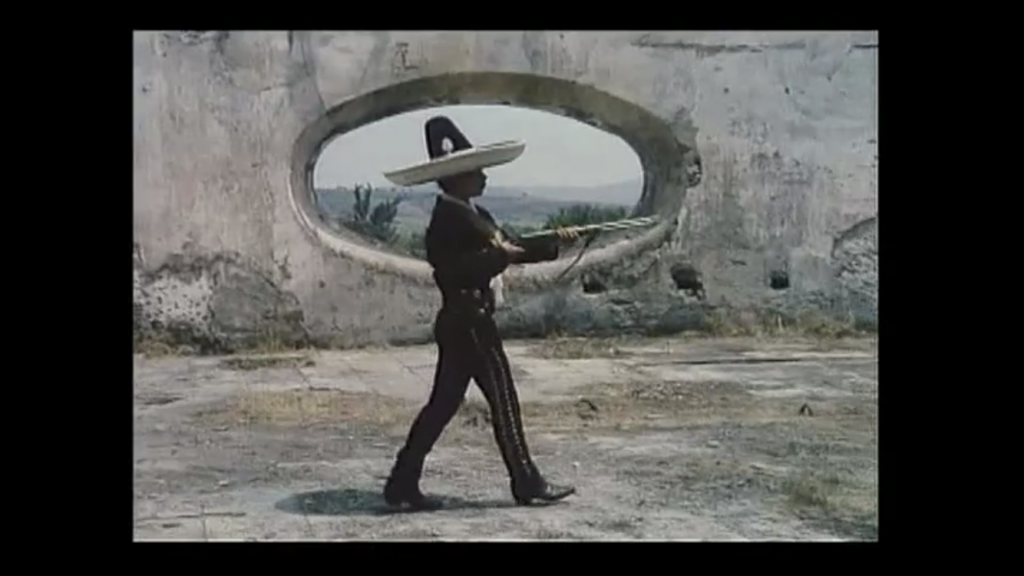
A number of themes run like threads throughout, and range from good and evil, to religion, militarism, power and conquest, and Hispanic or Mexican culture and traditions.
And, without making a big deal about it, the human body – very notably in the opening sequence (referencing nakedness and shame) – is used in a very bold, loose and fascinating manner.
A striking degree of gender plasticity – particularly with females in male roles – partakes more of long-standing older folksier traditions, albeit reversing the usual trad’ sex-swap roles (where men or young boys played female parts), than it does of modern transgender politics. It’s not quite pantomime, but it’s on that axis
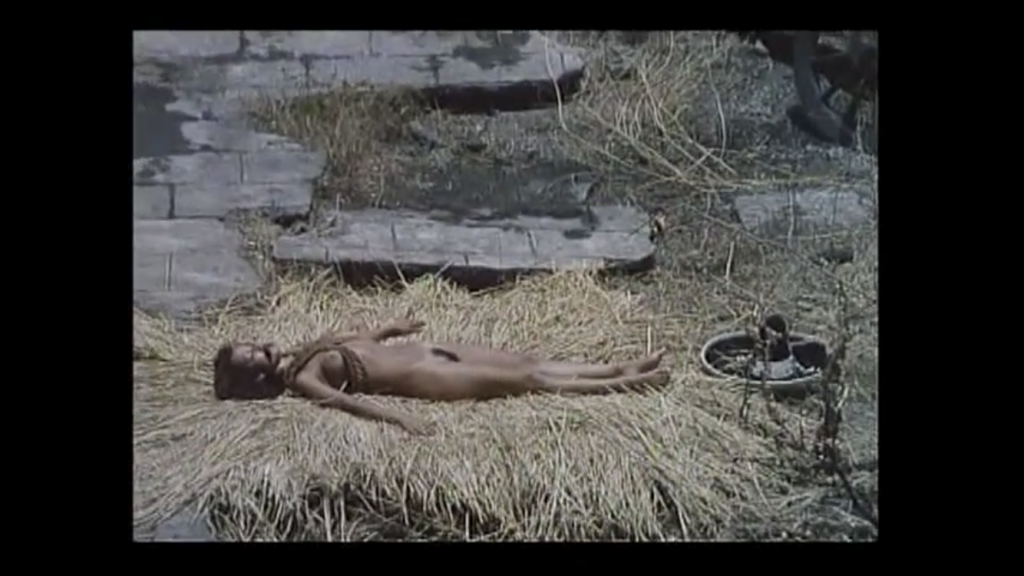
What it’s all about, I have as yet no real idea. As well as the Auschwitz/Holocaust reference, earlier in the film, there’s a segment nearer the tail end of the movie, that suddenly and inexplicably changes from Spanish, which one might expect in a Mexican movie, to German.

Some weirdo art-house stuff is, frankly, unwatchable. This, however, I found both compelling and fascinating, if also rather discombobulating. It’s certainly odd. And in large parts it’s also mesmerically beautiful.
It’s also a refreshing reminder of how film can stray a long way from the pulpy mainstream stuff we’re continually bombarded with. Fascinating!
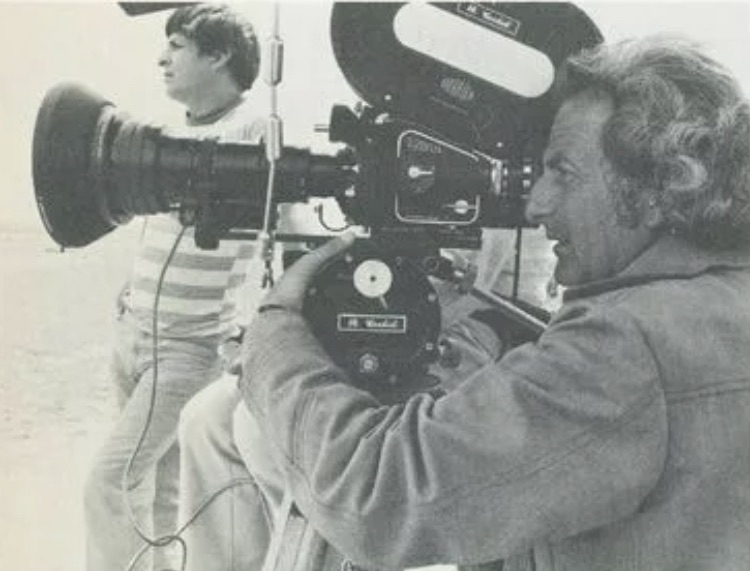
FOOTNOTE
This film was directed by Rafael Corkidi, who did the cinematography for a few of Alejandro Jodorowsky’s movies. I’ll have to revisit my Jodorowsky box, and check them out… (again?).
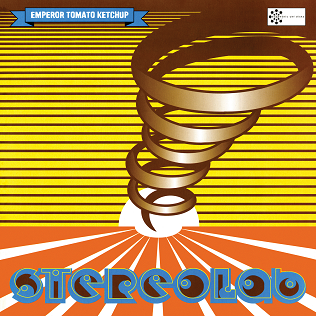
PS
As a further wee footnote, whilst trying to learn more about this film, I discovered that Emperor Tomato Ketchup isn’t just the name of a 1996 Stereolab album. It was a Japanese experimental film, long before that, way back in ‘71. Apparently it shares some thematic elements with Pafnucio Santo, but takes everything to more controversial extremes.

